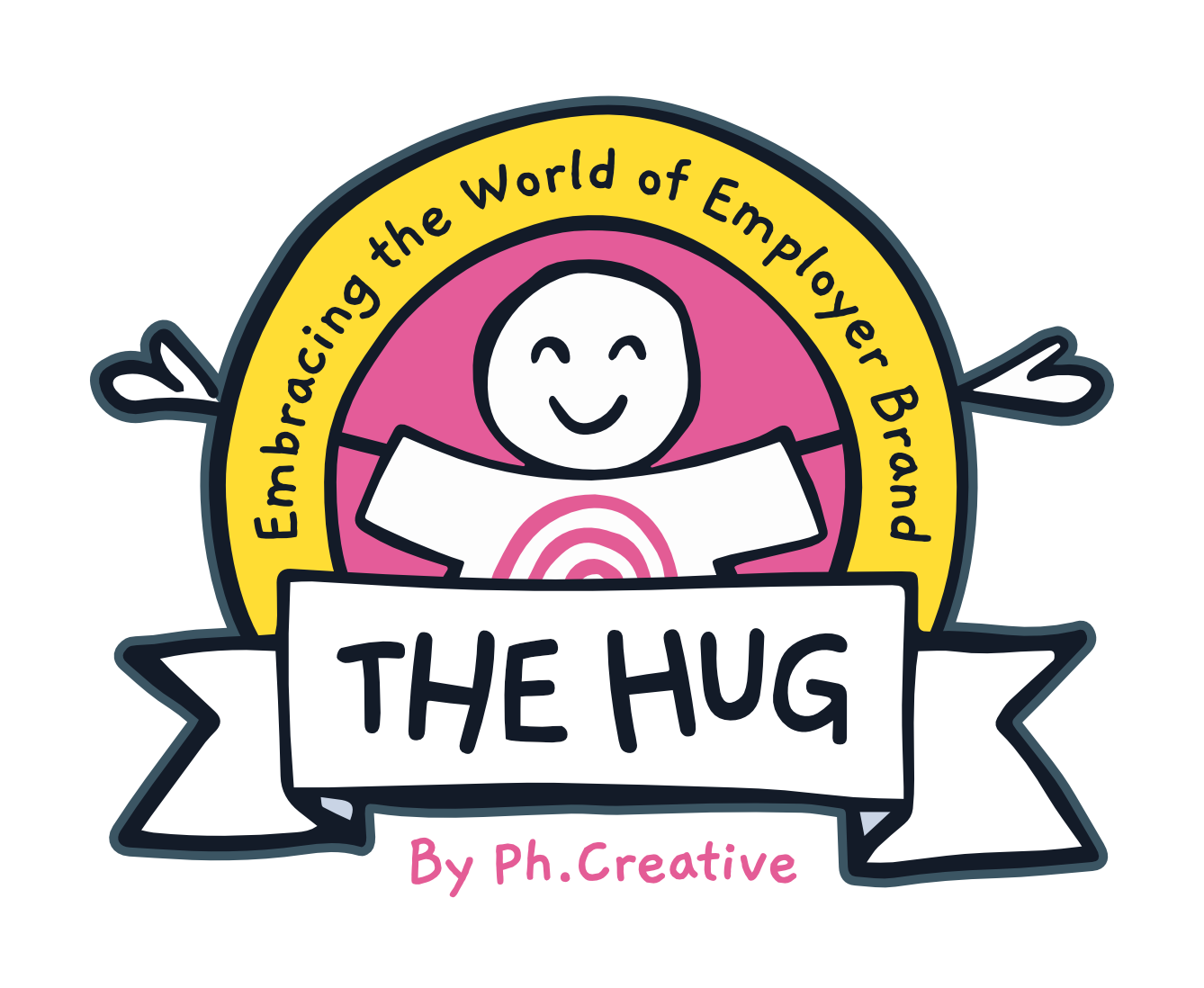A Beginner's Guide to Offboarding
2 min read.
Everyone talks about making a good first impression, but what about last impressions? All too often, a generally positive experience can be soured by something towards the end.
Many employers will devote days, even weeks to properly onboarding an individual, then allow them to leave unceremoniously, never to be heard from again.
Don’t let your time and investment in an individual go to waste when they leave.
When done well, the offboarding experience not only provides a smooth transition for departing employees and their team, it secures a lasting, mutually beneficial connection between the leaver and the company.
1. Treat the employee with kindness
Make sure the employee does not feel resented for leaving the organisation. They should be treated with the same respect throughout the offboarding process as when they first joined, regardless of why they’re leaving.
2. Communicate with your team
Leave no room for rumours or gossip to proliferate in the office about the departure. Be direct and communicate openly with your team to avoid uncomfortable conversations later.
3. Minimise security risks
Don’t forget to revoke the employees’ access to systems, both online and offline, and secure company property back from the individual. Change passwords and close down accounts. This will ensure your sensitive data is protected from leaks. You should also remove the employee from any internal organisational charts to avoid confusion.
4. Hold an Exit Interview
The exit interview should be viewed as an opportunity to gather invaluable feedback about your talent experience, not as a mere box-ticking exercise. Focus on deriving value and direction so that you know what to improve. Ask thoughtful questions such as:
What could we do here that we aren’t currently?
How did you get on with your team?
What was your favourite thing about working here?
What was your biggest challenge working here?
Did the job live up to your expectations?
5. Ensure a successful handover
Give the employee and checklist of things to do before they leave, including writing important handbooks or training their replacement, to ensure a smooth transfer of knowledge and responsibilities. The last thing you want is for the individual to leave with important information that no one else in the department has.
6. A nice gesture
Organise a warm gesture to wish the employee luck on their next chapter. Whether it’s a leaving gift, party or announcement, end the journey on a high note for the employee by making them feel valued.
The importance of staying in touch
Who are woefully underserved but worth their weight in gold? That’s right, alumni networks. A thriving alumni network holds the keys to long term sustainable reputation as an employer.
We’re talking about a community that's guaranteed to grow and strengthen over time. A community that will naturally increase in influence, maturity and seniority. And organisations that devote time and energy to it now will gain a significant reputational edge in five years’ time.
Invite the leaver to stay in touch through your company’s preferred format, whether it’s a LinkedIn group, newsletter, or external platform. Whatever content or opportunities you provide should be valuable to ensure an active, developing community.
An employee leaving should not be viewed as the end of the relationship, but as the start of a different one. Remember, leavers could well go on to become ambassadors for your brand, and content shared by Alumni is five times more powerful than that of customers.
Sign up to our blog

Every other Thursday we share:
✔ One feature full of our freshest insights
✔ An expert hack you'll love to use
✔ The links you need now
+ other helpful bits for thousands of EB and TA pros just like you